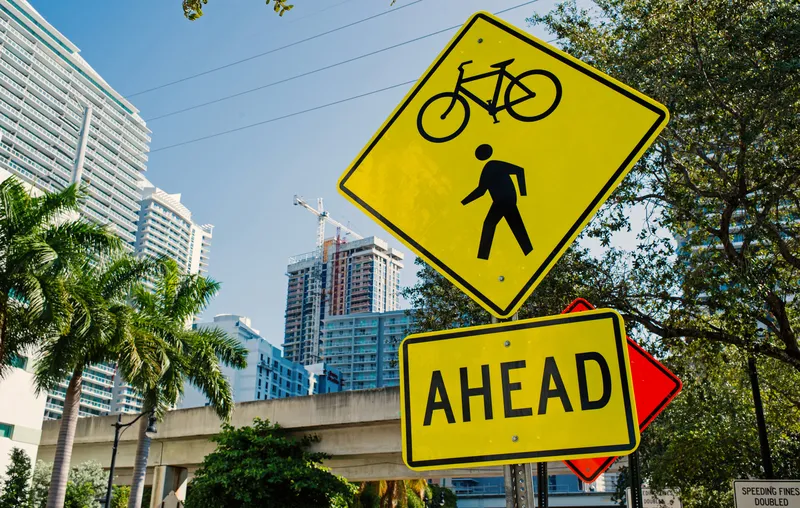The US Department of Transportation’s Federal Transit Administration (FTA) has announced the opportunity to apply for approximately US$266 million in competitive grant funding for bus programs nationwide.
The funding consists of US$211 million in grants for buses and bus facilities projects, as well as US$55 million specifically for FTA’s Low and No Emission (Low-No) bus program, which promotes technologically-advanced and environmentally-friendly buses. These investments will help advance the President’
March 31, 2016
Read time: 2 mins
The 324 US Department of Transportation’s 2023 Federal Transit Administration (FTA) has announced the opportunity to apply for approximately US$266 million in competitive grant funding for bus programs nationwide.
The funding consists of US$211 million in grants for buses and bus facilities projects, as well as US$55 million specifically for FTA’s Low and No Emission (Low-No) bus program, which promotes technologically-advanced and environmentally-friendly buses. These investments will help advance the President’s vision for a cleaner, 21st century transportation system that reduces carbon emissions while expanding transportation options for families.
Eligible projects include those that replace, rehabilitate, lease, and purchase buses and related equipment as well as projects to purchase, rehabilitate, construct or lease bus-related facilities, such as buildings for bus storage and maintenance.
FTA will award the grants to eligible transit agencies, state transportation departments, and Indian tribes on a competitive basis. Projects will be evaluated by criteria outlined in the Notice of Funding Opportunity, including the need for investment in bus transit systems, benefits to the community (including economic and workforce development), implementation of low and no-emission technologies, and integration with local and regional long-term planning.
“Transit buses are a lifeline to opportunity for countless Americans, but too often these buses are outdated and unreliable,” said US Transportation Secretary Anthony Foxx. “As demand for transit grows and our nation’s population continues to expand, these much-needed funds will help bring communities the latest technologies to strengthen and improve their bus infrastructure.”
“Our state and local partners across the country will benefit from the increased funding and flexibility available through this program,” said FTA acting administrator Therese McMillan. “With a large and growing maintenance backlog throughout the public transportation industry, it is vital for local agencies to have additional resources to address their community’s needs.”
The funding consists of US$211 million in grants for buses and bus facilities projects, as well as US$55 million specifically for FTA’s Low and No Emission (Low-No) bus program, which promotes technologically-advanced and environmentally-friendly buses. These investments will help advance the President’s vision for a cleaner, 21st century transportation system that reduces carbon emissions while expanding transportation options for families.
Eligible projects include those that replace, rehabilitate, lease, and purchase buses and related equipment as well as projects to purchase, rehabilitate, construct or lease bus-related facilities, such as buildings for bus storage and maintenance.
FTA will award the grants to eligible transit agencies, state transportation departments, and Indian tribes on a competitive basis. Projects will be evaluated by criteria outlined in the Notice of Funding Opportunity, including the need for investment in bus transit systems, benefits to the community (including economic and workforce development), implementation of low and no-emission technologies, and integration with local and regional long-term planning.
“Transit buses are a lifeline to opportunity for countless Americans, but too often these buses are outdated and unreliable,” said US Transportation Secretary Anthony Foxx. “As demand for transit grows and our nation’s population continues to expand, these much-needed funds will help bring communities the latest technologies to strengthen and improve their bus infrastructure.”
“Our state and local partners across the country will benefit from the increased funding and flexibility available through this program,” said FTA acting administrator Therese McMillan. “With a large and growing maintenance backlog throughout the public transportation industry, it is vital for local agencies to have additional resources to address their community’s needs.”









